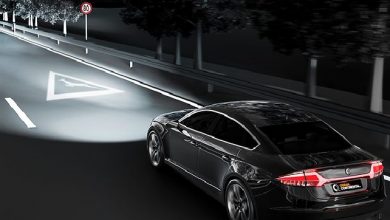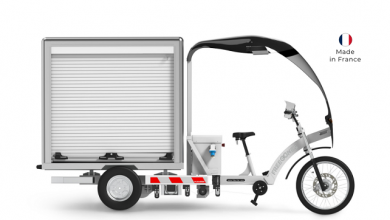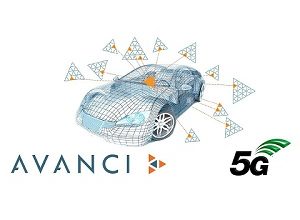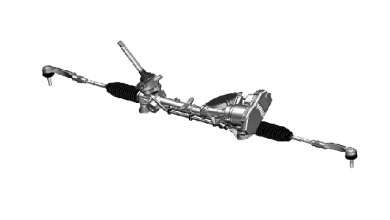Logistics giant commits to Gothenburg Green City Zone
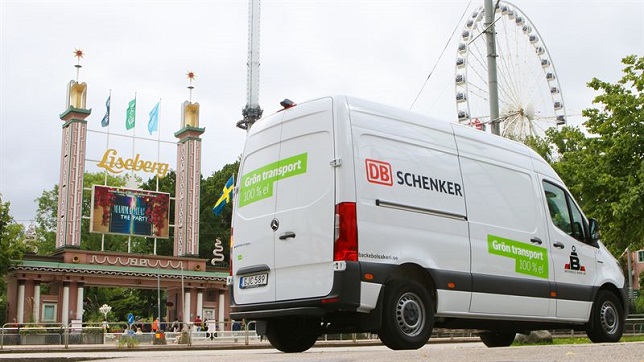
DB Schenker is collaborating with Business Region Göteborg to scale up electric freight transport as part of the Gothenburg Green City Zone initiative – the first logistics company to do so.
Business Region Göteborg is one of the initiators of the Gothenburg Green City Zone, which brings together businesses, societal stakeholders and researchers to develop, test and scale up new vehicle and infrastructure technologies. The goal of the initiative is to achieve zero-emission transport within parts of Gothenburg by 2030, and to do so using green electricity.
DB Schenker is one of Europe’s largest logistics and supply chain companies. The company currently has three electric vehicles operating in central Gothenburg: two parcel delivery vans and one distribution truck operated by the hauliers TGM and Bäckebol åkeri. These three vehicles handle packet distribution in the Event District and Lindholmen, both of which are within the Gothenburg Green City Zone. The electric vehicles also cover some nearby areas.
Keen to go electric as quickly as possible
“We want to scale up the transition to electric power as quickly as possible. To do so, we will need to charge our vehicles at night in order to operate them without interruption during the day. While charging a handful of vehicles presents no problem, charging our entire vehicle fleet will demand entirely different conditions than we have today. This requires charging infrastructure that doesn’t yet exist,” explains Hanna Melander, quality and environmental manager at DB Schenker.
To lay the foundations for rapid electrification throughout the transport sector, Business Region Göteborg and DB Schenker have therefore started a collaborative project to analyse and learn from real-world traffic, to understand flows and needs and how and where charging stations should be located in order to be able to scale up the vehicle fleet and take the next step.
Together, within the Gothenburg Green City Zone, the partners will develop general analytical methods for electrification that can benefit other hauliers. The intention is to facilitate rapid upscaling throughout the sector, thus contributing to the goal of the initiative: to create a zero-emission transport system by 2030.
A method that all freight stakeholders can utilise
“We are determined to make freight traffic in central Gothenburg emission-free as quickly as possible and we welcome DB Schenker’s commitment. Together, we will develop a method for large-scale electrification that can benefit all stakeholders in the freight sector, that is generalisable. All stakeholders face similar challenges,” says Maria Strömberg, director of cluster and innovation at Business Region Göteborg.
Property owners, market stakeholders and the city’s administrations and municipally owned companies will gain a clear picture of the infrastructure that needs to be established and the specifications the various installations must fulfil.
“To this end, we also need to understand what the potential actually is and what is required to achieve it, not only at a local level but also regionally,” says Matilda Landén of Business Region Göteborg, process manager for the Gothenburg Green City Zone.
While the partners fully expect that further significant stakeholders will commit to the collaboration on the journey ahead, it is important to capture data from traffic that is already operating so as not to lose valuable time.

